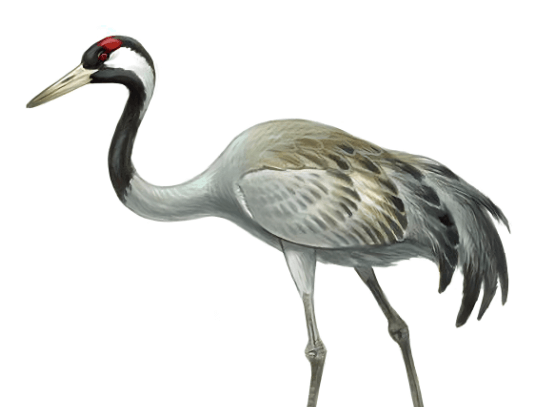Bird:Hvhbgr7pzsg= Cranes

Cranes, distinguished by their graceful movements and complex social behaviors, represent a fascinating subject within ornithology. These birds occupy diverse habitats, primarily wetlands and grasslands, which serve as critical resources for their survival and reproduction. Their elaborate courtship dances and vocalizations not only strengthen pair bonds but also signal territorial presence. However, the ongoing threats posed by habitat destruction and climate change raise urgent questions about their future. What strategies are being implemented to mitigate these challenges, and how can we contribute to the conservation of these magnificent avian species?
Unique Characteristics of Cranes
Understanding the unique characteristics of cranes reveals their remarkable adaptations and behaviors that distinguish them from other avian species.
Notably, their feeding behaviors, which include foraging in wetlands for seeds and small invertebrates, showcase their ecological versatility.
Additionally, their migratory patterns, often spanning thousands of miles, demonstrate an innate ability to navigate and thrive in diverse environments, ensuring their survival across seasons.
See also: Bible:Dckvqkmfwku= Jesus
Habitats and Distribution
Cranes inhabit a wide range of ecosystems, demonstrating remarkable adaptability to various environmental conditions. Their distribution spans wetlands, grasslands, and agricultural areas, often reflecting their migration patterns.
These birds carefully select nesting sites, typically near water sources, which provide both safety and abundant food resources. Understanding these habitats is crucial for conservation efforts, as they directly influence the survival and breeding success of crane populations.
Courtship and Mating Rituals
The intricate courtship and mating rituals of cranes are deeply intertwined with their habitats and distribution, as these behaviors often unfold in specific locations that provide safety and resources.
Courtship dances, characterized by elaborate movements, play a crucial role in pair bonding, while mating calls serve to attract partners and establish territory.
These synchronized displays are vital for reproductive success and maintaining social structures within crane populations.
Conservation Efforts and Challenges
Amid growing concerns about biodiversity and habitat loss, conservation efforts for cranes have become increasingly critical.
These programs aim to address population decline exacerbated by human impact, such as urban development and agricultural expansion.
Effective strategies involve habitat restoration, public awareness campaigns, and legislative measures.
However, ongoing challenges remain in mitigating human influence, highlighting the need for sustained commitment to crane conservation.
Conclusion
Cranes, with their distinctive features and behaviors, play a vital role in their ecosystems. Their intricate courtship rituals and migratory patterns underscore the importance of habitat preservation. However, as the adage suggests, “a bird in the hand is worth two in the bush,” emphasizing the necessity of proactive conservation efforts. Protecting crane populations requires addressing the challenges posed by habitat loss and human encroachment. Continued commitment to conservation initiatives is essential to ensure the survival of these magnificent birds.




